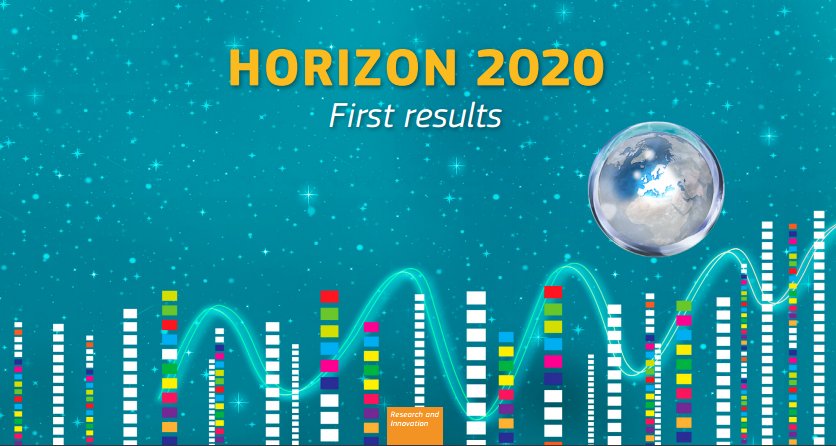10 key facts
- A total of 36 732 eligible proposals were submitted under Horizon 2020’s first 100 calls (FP7: 135 514), breaking down as follows:
- 29 794 full proposals in single-stage calls
- 5 617 outline proposals in the first stage of the two-stage calls
- 1 321 full proposals in the second stage of the two-stage calls
- In total, 31 115 full proposals were submitted.
- The total number of eligible applications in full proposals was 123 334 (FP7: 598 080).
- These eligible proposals requested a total EU financial contribution of €80.3 billion (FP7: €217.1 billion), and were evaluated by 9 325 experts.
- 4 315 proposals were retained for funding. The overall success rate of eligible full proposals under the first 100 calls is around 14%, compared with around 20% for the whole of FP7.
- 38% of successful applicants were newcomers (compared to 13% in 2013, the last year of FP7), of which 1 100 were SMEs.
- The 20% budget target for SMEs has been achieved.
- 3 236 grant agreements were signed by the end of April 2015 (compared with 25 164 grant agreements over the seven years of FP7).
- These grant agreements awarded a total EU contribution of €5.5 billion towards total eligible costs of €6.5 billion.
- 95% of all grant agreements were signed within the target of eight months.
Some key concepts
A proposal is submitted by one or more applicants. Proposals could have just one applicant – a single principal investigator – while multi-partner proposals group together many applicants. An applicant might also be involved in more than one proposal, in which case it is making multiple applications for funding.
Some calls have two stages: applicants first submit outline proposals which are evaluated to select those that could be developed further into full proposals. The statistics on proposals presented here refer only to full proposals.
If the proposal is successful and is funded it becomes a project, which is implemented by one or more participants. And a participant might be involved in other projects, in which case it has a number ofparticipations.
The overall success rate of eligible full proposals is around 14%, compared with around 20% for the whole of FP7. It should be noted, however, that less funding was available in 2014, the first year of Horizon 2020, compared with 2013, the last year of FP7. At the same time, there was increased interest from potential applicants in the new programme, demonstrated by the fact that 38% of successful applicants were new comers.
Source: The European Commission
